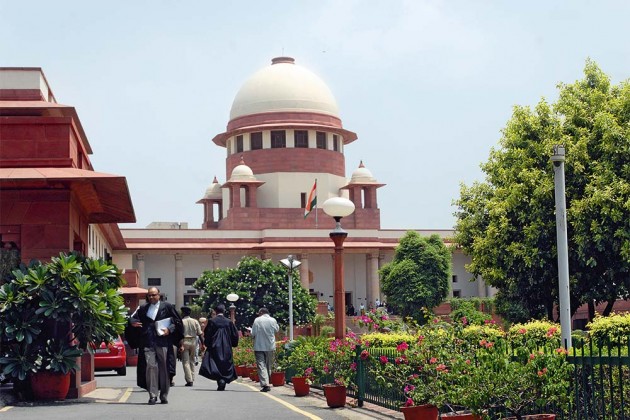Scions Of Themis And Zeus
Keep those elevated from the subordinate judiciary out, and nearly half of India’s top judges are kith and kin of ex-judges and top jurists “The typical Indian judge is Hindu, upper-class, upper-caste and male.” The statement

Keep those elevated from the subordinate judiciary out, and nearly half of India’s top judges are kith and kin of ex-judges and top jurists
“The typical Indian judge is Hindu, upper-class, upper-caste and male.” The statement drew a few titters at an event in the national capital late in August. But Dr Mohan Gopal, former director of the National Judicial Academy, was speaking in earnest and many in the audience, a gallery of legal luminaries, were nodding grimly. Barely 48 hours later, instead of genteel, theoretical critique, there was the scrum of a real battle. All the gavels in India’s judicial courts coming down in unison could not have restored order after the fifth seniormost judge in the Supreme Court, Justice Jasti Chelameswar, refused to attend a meeting of the SC collegium over lack of transparency and arbitrary appointment of judges.
Judges appointing judges, a system created by the Supreme Court in 1993, was akin to the Gymkhana Club deciding on new members, Union finance minister Arun Jaitley, a senior lawyer of long standing, had quipped in October 2015. Sensing the mood, the Supreme Court had asked the Union government in December 2015 to help it evolve a ‘Memorandum of Procedure’ in order to streamline the functioning of the collegium. With no agreement so far on what method to choose for this, and with the apex court divided over Justice Chelameswar’s charge, the court has eventually agreed to hear, this month, a petition that accuses the collegium of promoting relatives and “monopolising the higher judiciary by the kith and kin of sitting and former judges of the Supreme Court, legal luminaries and their juniors”.
The numbers can give pause to even an arch euphemist. The National Lawyers’ Campaign for Judicial Transparency and Reforms (NLC), the association that filed the petition, says that out of the 28 sitting judges of the Supreme Court at present, as many as nine happen to be close relatives of former judges, including a son, a grandson and a nephew of former chief justices of India. Another is the son of a former chief minister, while one is the son of a former advocate-general of a state (see box). As for India’s high courts, the petition, first filed in the SC by the NLC in 2014-15 during the NJAC case, claimed that a large representative sample from that period showed that nearly one-third of the HC judges surveyed happened to be related to sitting or former judges and legal luminaries. Their data showed that 88 HC judges out of 300 surveyed across 13 high courts fell in this category. And if one refines the field to exclude the one-third (roughly 100 out of 300) who are promoted to the bench from the lower courts—a norm followed since the British days—the proportion of kith and kin who are appointed judges directly from the Bar rises to almost half, the NLC petition showed.
Read more at: http://www.outlookindia.com/magazine/story/scions-of-themis-and-zeus/297827

